My brain absolutely struggles to remember the name Turbo Overkill. It’s a combination of two words that are usually just appended to a game’s title to differentiate itself from previous games in the series, such as Street Fighter II Turbo and House of the Dead: Overkill. And then, with all the other retro-inspired shooters currently mixing things up, I can’t tell it apart from similarly titled games like Ultrakill.
In terms of standing apart with gameplay, the story’s a bit different. While many retro-inspired shooters attempt to gain success from excess, few are as successful at climbing over the top as Turbo Overkill, for better or worse.

Turbo Overkill (PC)
Developer: Trigger Happy Interactive
Publisher: Apogee Entertainment
Released: August 11, 2023 (PC)
MSRP: $24.99
You play as Johnny Turbo, retired Turbografx-16 mascot, or maybe not. He’s sent by a shadowy corporate figure to the world of Paradise to take down a rogue AI that has infected most of the population with a meaty virus. It’s a simple enough premise, but over the course of three episodes, it builds and builds to a painful climax.
I’ve heard a lot of comparisons between Turbo Overkill and Doom Eternal, and sure, the similarities are there. Both games are fast-paced shooters where mobility is not just beneficial, but essential. However, I feel like Turbo Overkill fits more as a cross between Quake and Serious Sam. Doom Eternal has a great deal of combat emphasis on target prioritization, and Turbo Overkill subscribes more to the philosophy of “If it moves, kill it.”
You’re frequently swarmed with enemies who explode with gibs and particles when killed, and they die en masse. One of the most touted features of Turbo Overkill is Johnny’s chainsaw leg (or chegg) which turns you into a deadly projectile. Through upgrades, you can make the chegg useful against all enemies, but it’s at its best when you’re carving through all the low-level baddies. I got a lot of mileage out of the chegg, I’ll tell you.
Johnny Motherf*cking Turbo
Turbo Overkill’s combat is fun at the best of times, but it’s not very nuanced. A lot of the time, the screen gets filled with gore and neon. There isn’t often a tonne of difference between the heavier baddies, especially when it comes to visuals, so there’s not much incentive to pick out priorities and take them down quickly. Largely, you’re immersed in a cloud of foes, and you just choose the best way to disperse it in an expedient manner.
For that matter, once my chegg was in prime form, I didn’t really make much use of Johnny’s vast arsenal. Beyond just a buffet of different weapons, you’re gradually given upgrades, and it’s extremely difficult to keep track of them all. I got near the end of the game and realized that I had forgotten all about Johnny’s mini-rocket firing arm and the slow-motion Turbo Time. I was only cycling between a small assortment of weapons, with some of the leftovers being extremely situational.
There’s a great deal of bloat here. What’s the purpose of a chaingun when you have dual submachine guns that don’t need to be reloaded? How does the plasma rifle differ from a single-wielded sub-machine gun? Do I really need a telefrag sniper rifle when there’s already a grappling hook?
In a way, this might imply that Turbo Overkill has a high skill ceiling similar to Doom Eternal. But I rarely needed to play it smart. Doom Eternal heaped tonnes of abilities on you and rewarded you for being able to juggle them all effectively. Turbo Overkill seems to heap things on you just because it thinks they’re cool. I guess it’s better to have them and not need them.
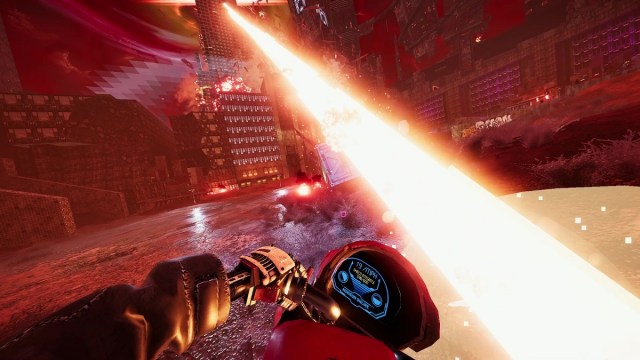
The floor is lava
It was only once I stopped trying to approach Turbo Overkill as a critic and instead met it as a gamer that it finally clicked for me. I had to stop looking for a purpose in its design. It was only when I finally switched my brain off from wondering about the environments, about flow, about its legibility that I became able to immerse myself into it. I had to stop comparing it to its predecessors and its contemporaries.
Turbo Overkill is in an arms race only with itself.
There’s a constant, ceaseless feeling of escalation through Turbo Overkill. It doesn’t matter if a gun is useful, if it supersedes a similar weapon, or if it’s merely only useful as a mode of transportation. Stick it in there. If it doesn’t fit, force it. The philosophy here is to impress through excess.
The story reflects this, where things start off screwed and then keep getting more screwed. The main driving force holding things together is Johnny’s unstoppable badassery. I actually found myself growing a bit attached to the character. A mute protagonist, you can still see the turmoil within him between enjoying his rampage while trying to hold onto some semblance of humanity. You’re left to fill in the blanks of his personality, but what’s there speaks volumes.
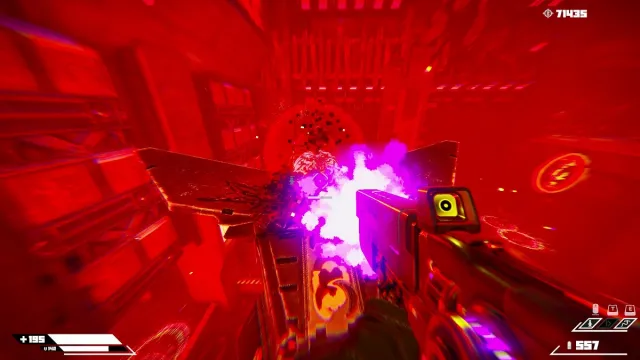
Tiring to kick this much ass
Unfortunately, Turbo Overkill irks me almost as often as it excites me. Even after it finally clicked at the beginning of the second episode, it lost me again in the latter half of the third. It kicks the climax off way too early and ends it far too late. The last few levels are the longest and most boring, all played under a driven and intense soundtrack. I’m realizing now that an overlong climax is a pet peeve of mine. It’s edging. Stop edging us, Turbo Overkill.
I was very exhausted by the time Turbo Overkill wrapped up. My dreams of immediately launching into another playthrough had dissipated.
I really don’t want to imply that Turbo Overkill is bad or even just average. There’s a lot of power in its variety, and the narrative punches above its weight class. The soundtrack is often outstanding and is a great compliment to the carnage. Likewise, when you are able to lose yourself in the red fog of its combat, it can make hours disappear. For that matter, there are lots of extra modifiers and secret levels to unlock to extend its running time beyond the 15-or-so that it already packs across its three episodes.
However, Turbo Overkill loses itself in its constant push for escalation. It’s often not as clever as it thinks it is, and there’s a real sense of quantity over quality. Packing in more mechanics is certainly a type of progress, but a better focus on fewer concepts probably would have elevated the game as a whole. As it is, it’s still a perfectly fun time, and I’d be completely willing to revisit it in a sequel, but it just doesn’t quite climb to the lofty top of the retro-inspired scrap heap.
[This review is based on a retail build of the game provided by the publisher.]

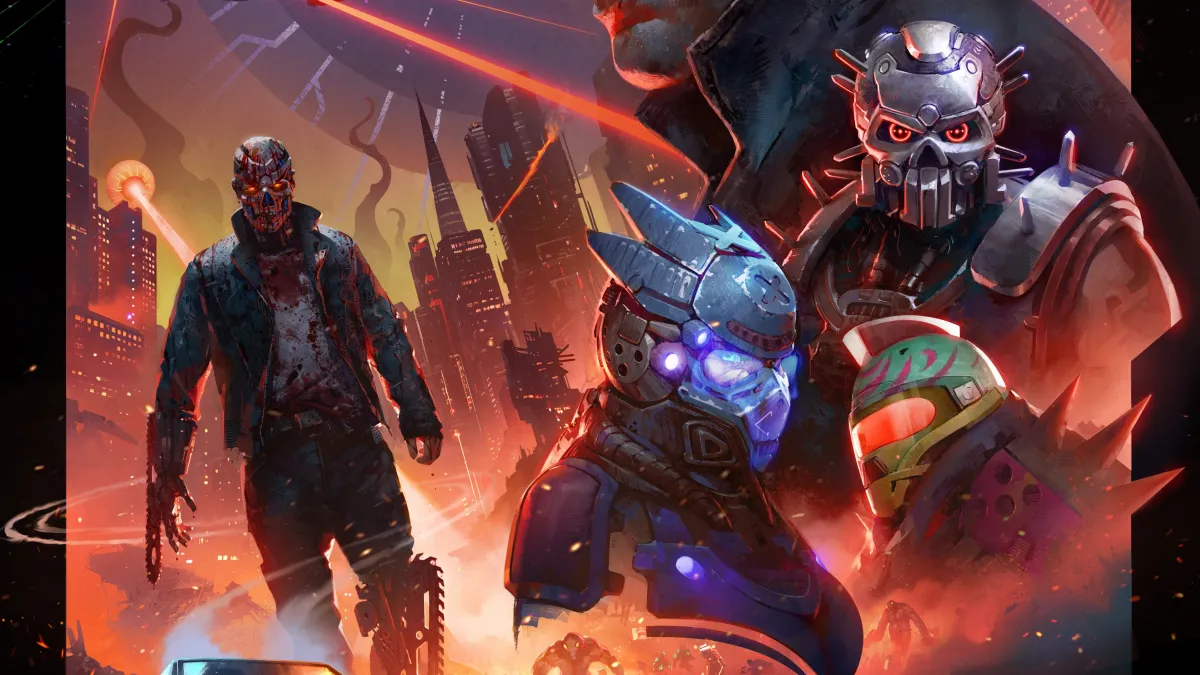

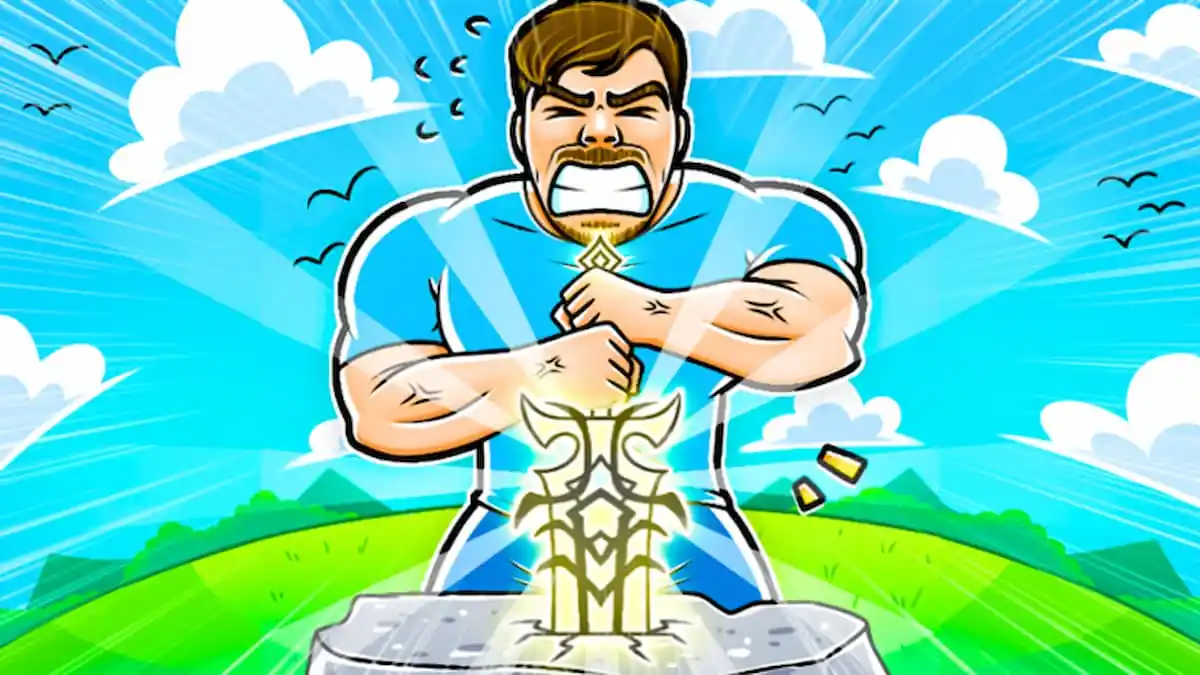








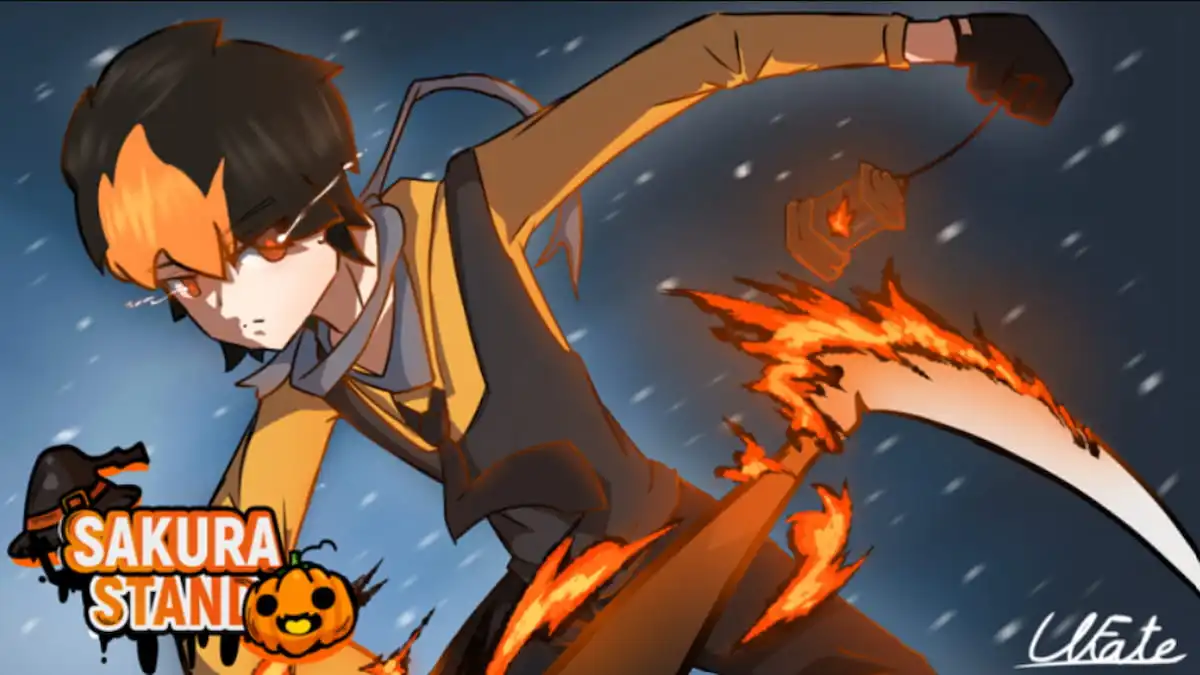

Published: Aug 11, 2023 03:00 pm